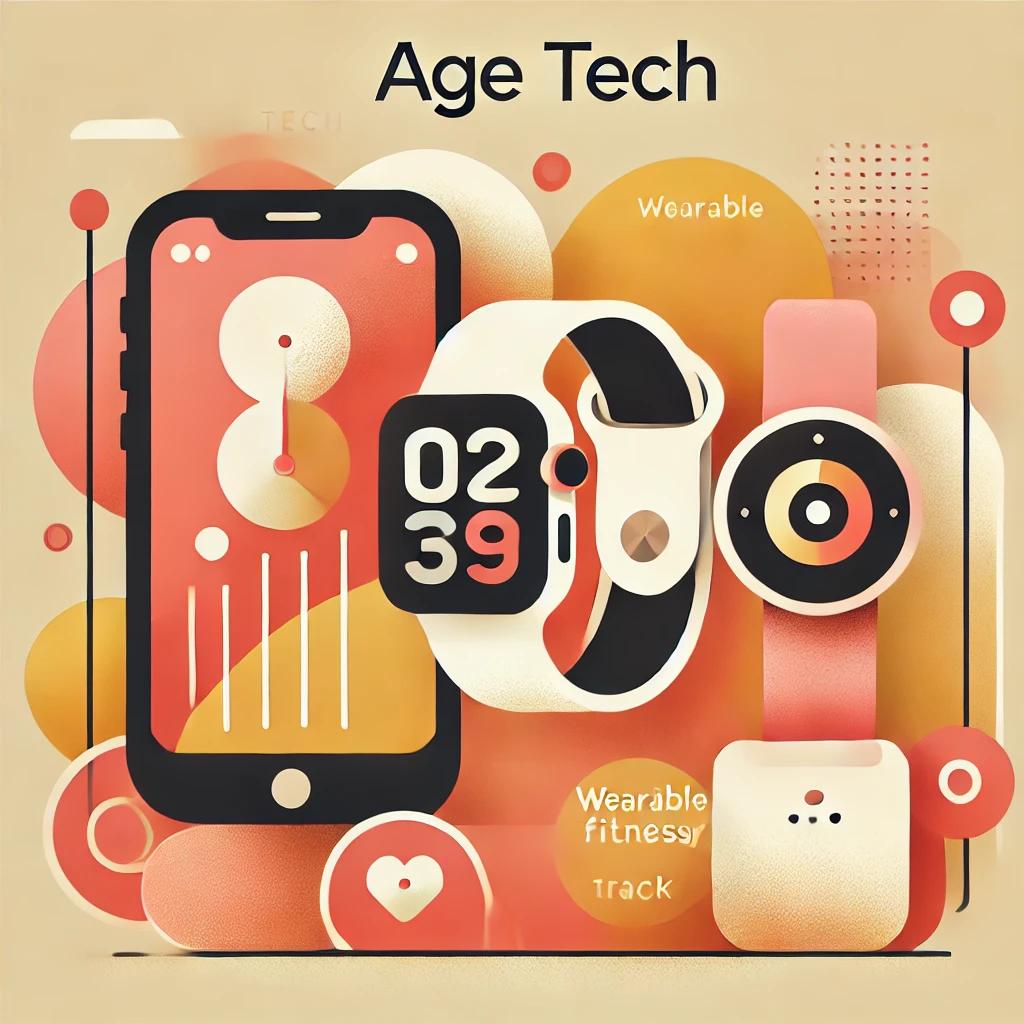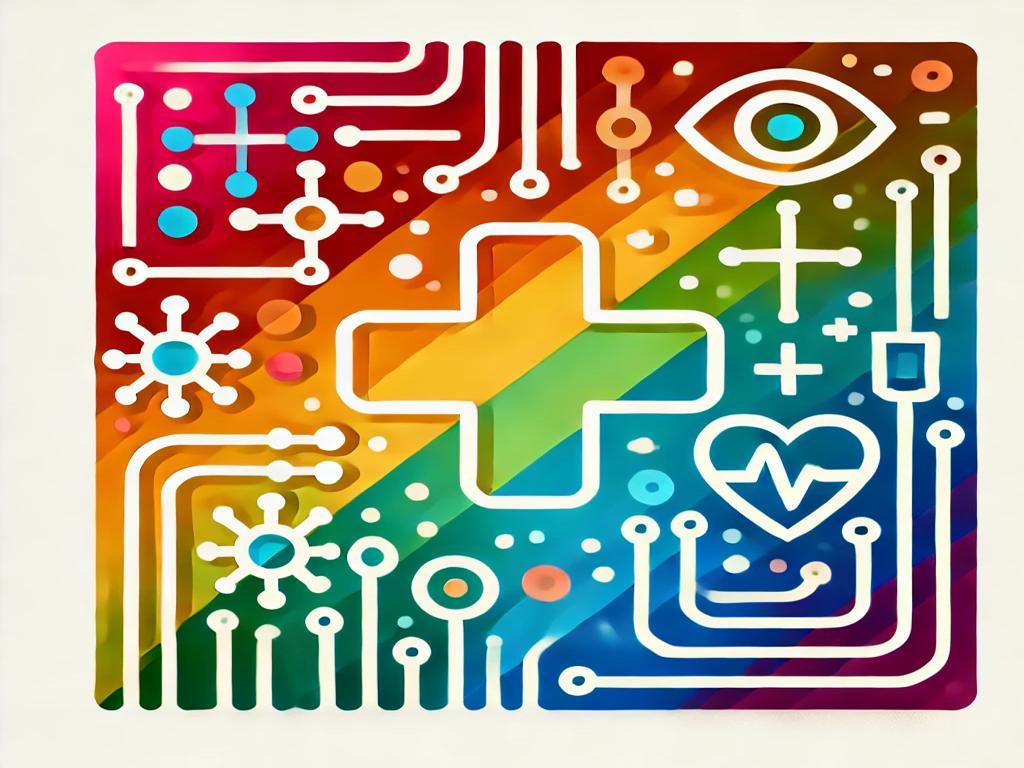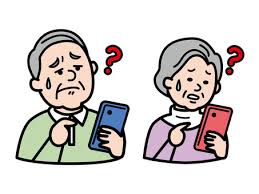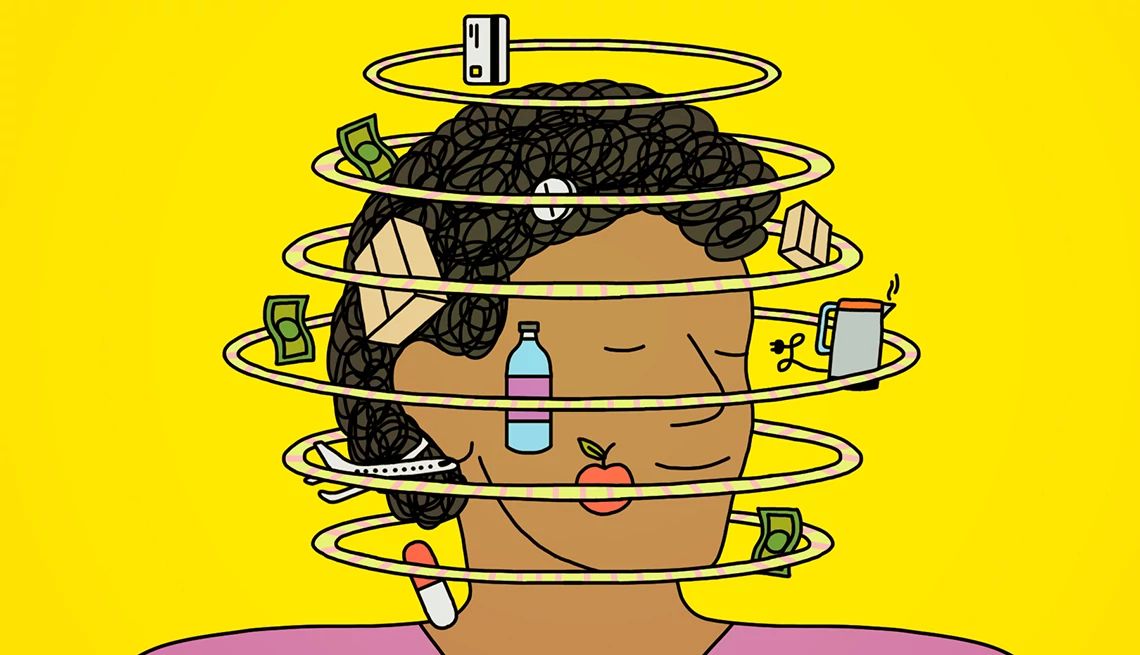Older adults can save tens of thousands of dollars annually by choosing assisted living communities over aging in place in their homes.
Unlike point solutions, Inspiren unifies resident safety, care planning, staffing, and emergency response into a single AI-powered platform.
An artificial intelligence-powered virtual assistant platform for senior living and care providers.

 Each of several recent years, AARP has surveyed older adults about tech use. This year’s
Each of several recent years, AARP has surveyed older adults about tech use. This year’s  Kudos to AARP - life expectancy impacts tech adoption. For the first time in their published research, AARP’s
Kudos to AARP - life expectancy impacts tech adoption. For the first time in their published research, AARP’s  The WSJ article circles the problem. When 41,000 older adults die as a result of falls each year at a cost of $80 billion (
The WSJ article circles the problem. When 41,000 older adults die as a result of falls each year at a cost of $80 billion ( Older adults will adapt to change and adopt new technology. When an 88-year-old neighbor is filming fireworks with his smartphone, it is easy to see that times have changed. If an affordable technology can be found that meets a personal need (or
Older adults will adapt to change and adopt new technology. When an 88-year-old neighbor is filming fireworks with his smartphone, it is easy to see that times have changed. If an affordable technology can be found that meets a personal need (or  Touch screens are an unending aggravation. Study the
Touch screens are an unending aggravation. Study the  is time for the 'virtual' AgeTech suite. As
is time for the 'virtual' AgeTech suite. As  HLTH 2024 wrapped up last week in Las Vegas – where else? AI was a big topic – transformational, embedded in health tech, capitalizing on the buzz. Or growing caution,
HLTH 2024 wrapped up last week in Las Vegas – where else? AI was a big topic – transformational, embedded in health tech, capitalizing on the buzz. Or growing caution,  The tech user experience – still flawed and in need of fixing. As noted in the May report,
The tech user experience – still flawed and in need of fixing. As noted in the May report,  Concerns about AI are all around, but its future role is inevitable. There it is, one consumer
Concerns about AI are all around, but its future role is inevitable. There it is, one consumer  A new study offers a conundrum, or maybe a marketing problem. Most Americans 50 and older don’t trust AI-generated health information, says a
A new study offers a conundrum, or maybe a marketing problem. Most Americans 50 and older don’t trust AI-generated health information, says a